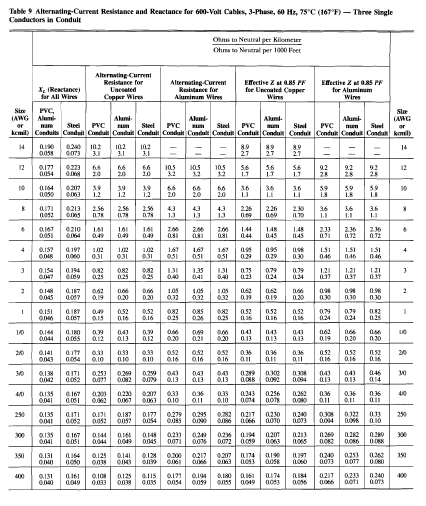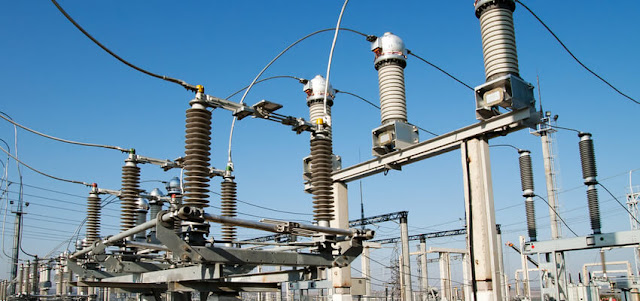What are the Different Type of Overcurrent Protection Device?
 |
| Electric Panel |
The design of power system protection requires the proper application motor of overload relays, fuses, circuit breakers, protective relays, and other special purpose overcurrent protective devices.
Motor Overload Relays
Thermal overload relays.
The most common overcurrent protective device is the thermal overload relay associated with motor starting contactors. In both low-voltage and medium-voltage motor circuits, thermal overload relays detect motor overcurrents by converting the current to heat via a resistive element. Thermal overload relays are simple, rugged, inexpensive, and provide very effective motor running overcurrent protection. Also, if the motor and overload element is located in the same ambient, the thermal overload relay is responsive to changes in ambient temperature. The relay trip current is reduced in high ambient and increased in low ambient. Typical time-current characteristic curves for thermal overload relays are shown in appendix C. The curves level off at about 10 to 20 times full-load current, since an upstream short-circuit device, such as a fuse or circuit breaker, will protect the motor circuit above these magnitudes of current. The thermal overload relay, therefore, combines with the short-circuit device to provide total overcurrent protection (overload and short-circuit) for the motor circuit.
- Melting alloy type overload relays, as the name implies, upon the circuit when heat is sufficient to melt a metallic alloy. These devices may be reset manually after a few minutes is allowed for the motor to cool and the alloy to solidify.
- Bimetallic type overload relays open the circuit when heat is sufficient to cause a bimetallic element to bend out of shape, thus parting a set of contacts. Bimetallic relays are normally used on automatic reset, although they can be used either manually or automatically.
- Standard, slow, and quick-trip (fast) relays are available. Standard units should be used for motor starting times up to about 7 seconds. Slow units should be used for motor starting times in the 8-12 second range and fast units such as hermetically sealed and submersible pump motors which have very fast starting times.
- Ambient temperature compensated overload relays should be used when the motor is located in a nearly-constant ambient and the thermal overload device is located in a varying ambient.
- Motor full-load ampers rating from the motor nameplate.
- Overload relay ampere rating selected in accordance with NFPA 70.
- Overload relay time-current characteristic curves.
- Motor locked rotor amperes and starting time.
- Locked rotor ampere damage time for medium-voltage motors.
- Nontime Delay Fuses - the Nontime delay fuse associated with medium-voltage and high-voltage consists of a single type of fusible element, called a short circuit element. Normal overloads and current surges often cause nuisance openings of this type of fuse.
- Time Delay Fuses - The time delay fuse is constructed with two different types of fusible elements. These elements are similar to thermal and magnetic elements of an inverse time circuit breaker.
- Medium Voltage Fuses - Some medium voltage fuses and all high-voltage fuses are rated for outdoor use only. These devices are boric acid type fuses rated 4160V - 138 kV, fiber lined expulsion fuses rated 7,200V - 161 kV, or distribution fuse cutouts rated 4,800V - 138 kV.
- Current limiting power fuses - These type of fuses includes C- rated and R-rated fuses. E- current rated 100E and below open in 300 seconds at a current between 200 and 240 percent of these E -ratings. Fuses rated greater than 100E open in 600 seconds ar currents between 220 and 265 percent of their E- rating. Meanwhile, C- rated current-limiting fuses open in 1000 seconds at currents between 170 percent and 240 percent of their C- rating.
- Technical Manual | Coordinated Power Systems Protection | pp. 2-1 to 2-3
- Publisher: US Army
- Download Here


.webp)










No comments: